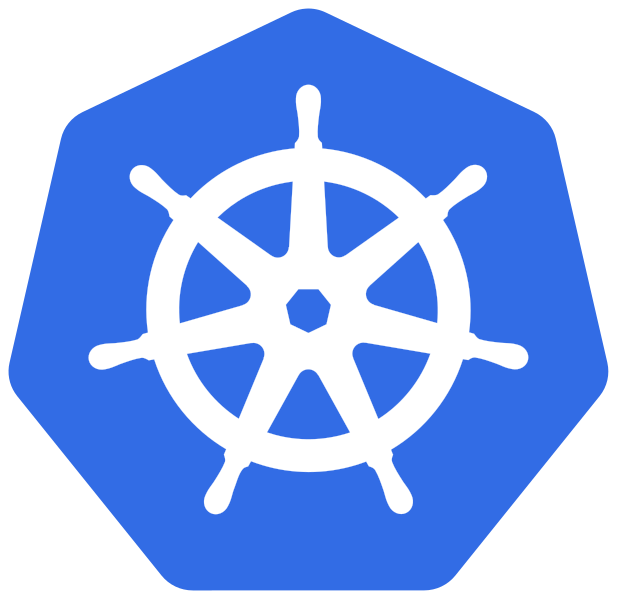Demystifying Kubernetes Service Types: ClusterIP, LoadBalancer, and NodePort
Introduction to Kubernetes
In this article, we will provide an in-depth explanation of the different types of services in Kubernetes. Kubernetes, the powerful container orchestration platform, relies on services to facilitate communication within a cluster. Kubernetes has become the leading container orchestration platform, offering a robust set of features for managing containerized applications at scale. You may also learn about Main Components of Kubernetes Architecture
Understanding Kubernetes Services
Services are a fundamental building block in Kubernetes, enabling communication and discovery between different components of an application. They provide a stable network endpoint through which other services or external users can access your application.
ClusterIP Services in Kubernetes
ClusterIP Services are the default type of service in Kubernetes. They are accessible only within the cluster and provide a stable IP address for internal communication between pods.
Key Characteristics:
- Internal Communication: Ideal for communication between services within the same Kubernetes cluster.
- Stable IP: Assigns a stable, internal IP address to the service for consistent communication.
- Not Exposed Externally: ClusterIP services are not reachable from outside the cluster.
Example:
apiVersion: v1
kind: Service
metadata:
name: my-clusterip-service
spec:
selector:
app: my-app
ports:
- protocol: TCP
port: 80
targetPort: 8080NodePort Services in Kubernetes
NodePort Services expose the service on a specific port on each node in the cluster. This allows external users to access the service using the node’s IP address and the specified port.
Key Characteristics:
- External Access: Exposes the service on each node’s IP at a static port, facilitating external access.
- Accessible on Any Node: Can be accessed using any node’s IP and the static port.
- Not Suitable for Production: While suitable for development and testing, NodePort may not be ideal for production environments.
Example:
apiVersion: v1
kind: Service
metadata:
name: my-nodeport-service
spec:
selector:
app: my-app
ports:
- protocol: TCP
port: 30001
targetPort: 8080
type: NodePortLoad Balancing with Kubernetes Services
One of the key features of Kubernetes Services is load balancing. When multiple instances of a service are running, Kubernetes automatically distributes incoming traffic across these instances, ensuring optimal load distribution and high availability.
Key Characteristics:
- External Access: Designed for exposing services externally to the Kubernetes cluster.
- Automatic Load Balancer: In cloud environments, LoadBalancer services automatically provision external load balancers.
- Stable External IP: Provides a stable external IP address for accessing the service.
Example:
apiVersion: v1
kind: Service
metadata:
name: my-loadbalancer-service
spec:
selector:
app: my-app
ports:
- protocol: TCP
port: 80
targetPort: 8080
type: LoadBalancerIngress Controllers in Kubernetes
Ingress Controllers act as a gateway for incoming traffic into the cluster. They provide routing rules and load balancing capabilities, allowing you to expose services based on defined rules, such as path-based routing or host-based routing.
ExternalName Services in Kubernetes
ExternalName Services provide a way to reference services outside the cluster by a name. They act as an alias for an external service, allowing you to use it seamlessly within your Kubernetes environment.
Service Discovery in Kubernetes
Service Discovery is a critical aspect of managing complex microservices architectures in Kubernetes. With its built-in DNS-based service discovery mechanism, Kubernetes enables automatic service discovery and name resolution within the cluster.
Using Services for Microservices Architecture
Microservices architecture relies heavily on the use of services. Kubernetes Services provide the necessary abstraction layer for managing and accessing microservices, enabling scalability, fault tolerance, and ease of deployment.
Conclusion
In conclusion, understanding the different types of services in Kubernetes is crucial for building scalable and resilient applications. By leveraging the power of Kubernetes Services, you can effectively manage communication between components, achieve load balancing, and enable seamless service discovery.
Each service type caters to specific use cases, providing flexibility and scalability based on the unique requirements of your applications. As you navigate the Kubernetes landscape, leveraging these service types will empower you to build robust and communicative microservices architectures.
Thank you for reading this article! We hope it provided valuable insights into Kubernetes Services and their role in modern application development.
You may like : Main Components of Kubernetes Architecture

Well explained.